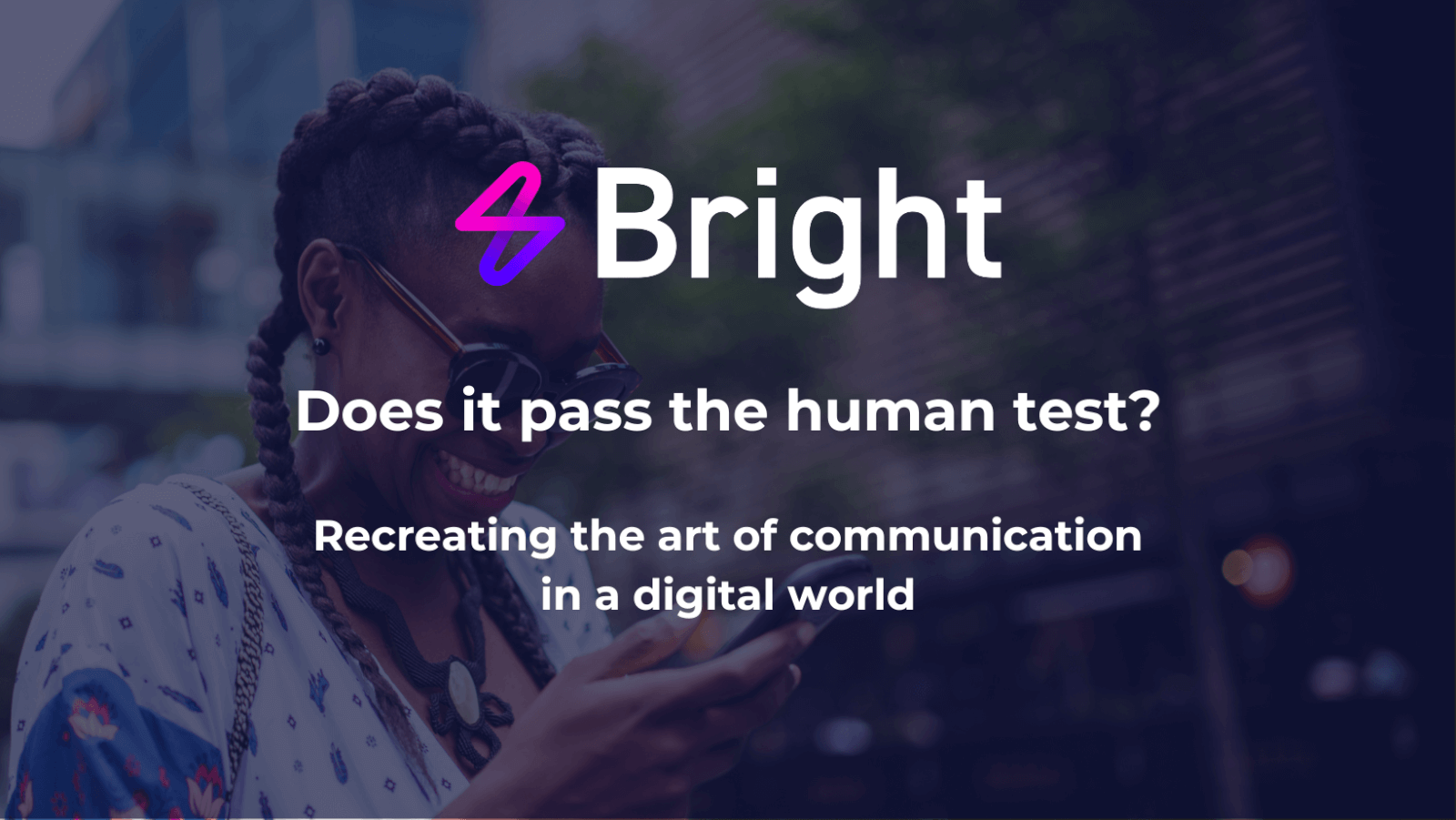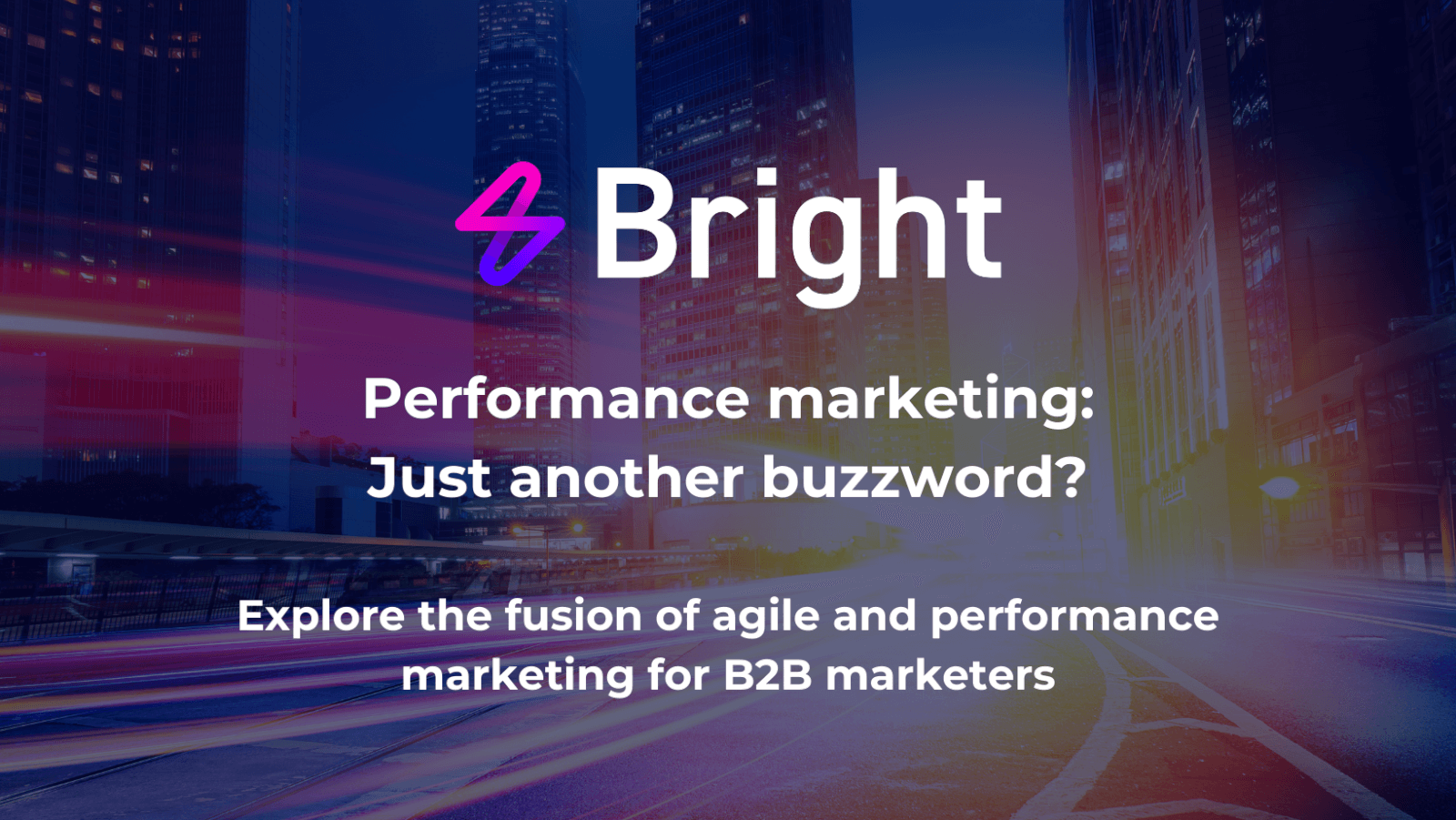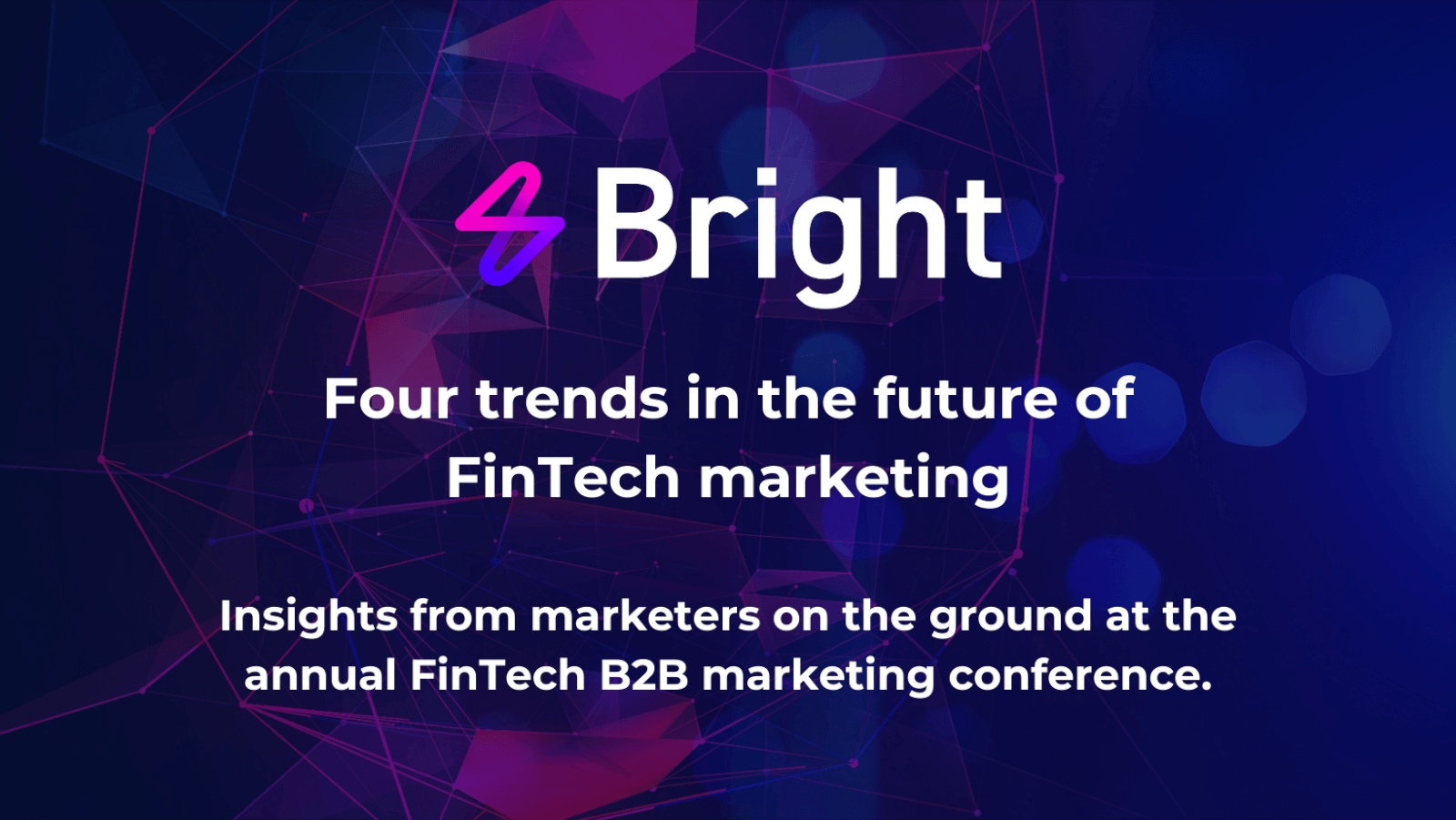Recession. Disruption. Uncertainty. It is inevitable, so what are we going to do to ride the wave?
There has never been a better time to act fast to bolster your position and win big. Especially as a technology provider.
As the recession bites, and the covid motivated pivot (and investment) into hybrid working decelerates, many SaaS companies are preparing to enter survival mode, with up to 80% of companies pausing investment in marketing and re-evaluating their spending to make cost efficiencies. Essentially it’s time to ‘batten down the hatches’ and figure out how to survive the storm and (hopefully) emerge the other side. We’re here to tell you… this is a bad idea.
When they go low…
We, as seasoned marketers know all too well, marketing is too often seen as a cost centre to a business and lacks directly attributable metrics to demonstrate revenue generation or customer retention. This makes it vulnerable and it’s easy to cut costs in the short term without truly understanding the long-term impact on both client acquisition and retention – which are both essential to maintain through a recession. Let your competitors take the easy path – cutting costs, activating survival model whilst you take the opportunity to evaluate how best to attract their customers, showing that you are a steady ship – not waivered by the storm and are a safe pair of hands they can turn to when their existing provider has stopped investing in communicating with the market and them! That’s one sure-fire way to make customers feel neglected and lost.
Businesses that demonstrate resilience and spirit will thrive beyond these tough times, showing that they’re invested in developing new products, solutions and services that add value to their customers and prospects during a downturn economy, putting them front and centre of everything they do.
Take away: The winner takes it all, if you can demonstrate your resilience
Brand vs. Lead
We understand that making changes to be more efficient is necessary in times of economic uncertainty and marketing teams will be under scrutiny to deliver more, with less budget, make efficiencies yet deliver more impact, with less resource (and morale) than during buoyant times. This often leads marketers to act erratically – focusing on tactical, short-term gains over long-term growth.
The brand is the lifeblood of technology-providing firms, running through the veins of customer success, business development, communications and most importantly, the sales funnel. If marketers divert their brand-building resources into short term & tactical lead generation in the pursuit of “more leads, and quickly”, then the pipeline will fill with lukewarm, unqualified leads, who want a quick fix, unlike those leads who have been enriched and nurtured through a meaningful and relevant brand-led experience, who understand the full value of your service.
Which lead would you rather have? One that arrives quickly and requires 1% of your service offering, driven by low price and speed of delivery, or one that spends longer in the pipeline and understands the holistic benefits of your service offerings and values your relationship as a longer-term partner?
Erratic lead generation can lead to extreme peaks and troughs in the sales cycle, creating bottlenecks and diverting valuable sales resources from focusing on leads that matter and are qualified. You also risk confusing your target audience at best or at worst eroding or damaging your brand equity and reputation. Steady and intentional always-on brand-building activity will smooth these curves enabling a free-flowing pipeline and a motivated, satisfied sales team as well as focus on prospects and clients that are strategically important to the business.
Neglecting your brand will have a significant negative effect on your long-term business. Yes, we know “If I don’t plug the short-term revenue there won’t be a long-term business”. We aren’t saying don’t do any lead generation, we are saying don’t stop your brand-building activity, it will benefit you significantly in the medium to long term. Lead generation and brand building are symbiotic; you’ll maximise the value of your lead generation activities by running brand building alongside to maintain and enhance your brand in the markets you operate and with your key vendor partners such as Microsoft.
Takeaway: Don’t skip out on brand building in favour of low-quality leads.
Time for change
Don’t keep on, keeping on. Times have changed and so should you. In periods of turbulence, your focus may need to change, and you’ll need to master adapting at pace to stay relevant to your target audience. To ensure that your brand remains valuable, agility is key to success. The Covid pandemic taught us that brands who responded quickly and acknowledged the changing needs and priorities of their customers won hearts and minds and built trust with their clients; as well as engaging their dithering competitor’s customers too. If you don’t keep in touch with your ecosystem’s priorities, maintain trust, and minimise customer frustration they will quickly become disengaged and dissatisfied.
During the height of the pandemic, businesses relied on their providers for guidance and support like never before. This period of global uncertainty enabled strong and more agile businesses to cement relationships and repeatedly demonstrate value to the customer. These relationships will stand the test of future uncertainty if those providers continue to adapt to the market changes and give the reassurance and stability clients need.
Address the elephant in the room, validate your strategies with your clients and prospects, and change when there is a signal for you to change which will create further opportunities to evolve your value propositions, product, and service offerings.
Takeaway: Re-evaluate your target personas needs and keep up with the changing landscape.
Marketing as your recession superpower
The recession is the big red R word, occupying news channels, social media feeds and board room conversations. Yes, it’s going to be tough for everyone. Especially those with licenses to sell and accounts to grow. At Bright, we see a growth mindset and agile marketing expertise as our superpowers, enabling us to reframe situations from ‘oh no’ to ‘what if’ and continually improve outputs and outcomes from marketing investment.
The recession will provide a unique opportunity for savvy B2B marketers to disrupt the landscape, knocking complacent marketers off their game and pocketing their customers and prospects while they look the other way.
Get started by investing in understanding your persona’s needs and building that into a brand-rich marketing strategy to build deep connections and loyalty which will, in turn, deliver better business leads throughout the recession and safeguard and retain your client base as you weather the storm.
Download our one-page personas and buyer journey mapping game plan to help you realign your marketing strategy with your changing customer’s needs and supercharge your marketing into and beyond the recession.

Vanessa Whiteside-Oram Senior Growth Manager















